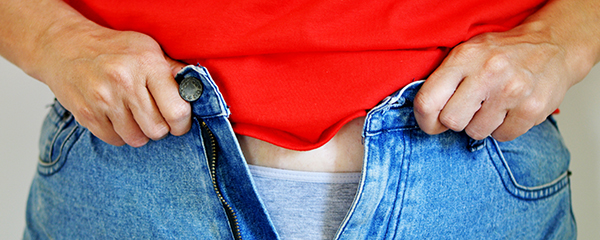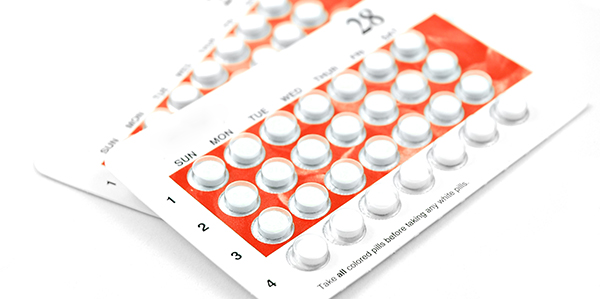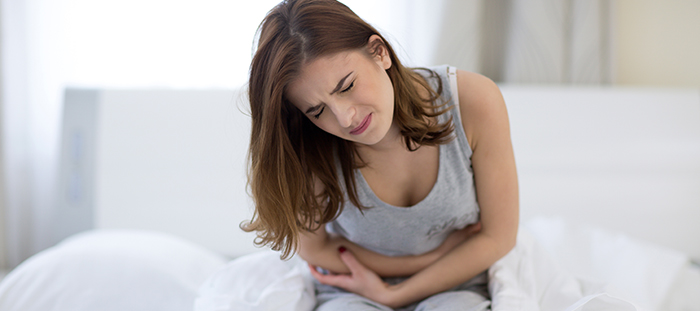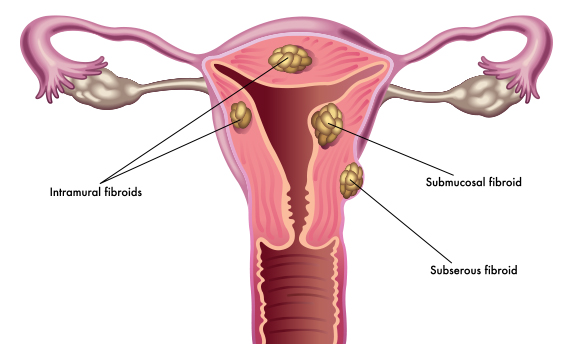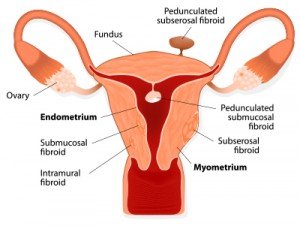A uterine fibroid (recognized medically as a leiomyoma or myoma) is a noncancerous growth of smooth muscle and connective tissue. Fibroids originate from the thick wall of the uterus and are categorized by where they grow.
Uterine fibroids are very common in women, with as many as 75% experiencing them at some period in their lives, often undiagnosed and unknown. Symptoms of having fibroids can be but not limited to pelvic pain or pressure, pain in the back of the legs, pressure on the bladder, lower back pain, and an abnormally enlarged abdomen. With all of these problems comes the question, “Will fibroids affect my sex life?” The answer is that due to uncomfortable fibroid symptoms, there could be pain during intercourse. However, if treated correctly, you can still maintain a good sex life.
SYMPTOMS
These symptoms that come with the onset of fibroids may hinder an active sex life or make it less than pleasant.
Heavy Bleeding
Severe bleeding or being on your period for more than one week can make intercourse difficult or even impossible.
Pelvic Pain
Extreme pain in the lower abdominal wall or in the pelvic region can also cause intercourse to be painful.
Abdominal Bloating
Depending on the size of the actual fibroid, the abdomen can become extremely distended. Some fibroids are mistaken for pregnancy. These fibroids may cause extreme pain during intercourse.
Urinary Problems
Uncontrollable urination and having to urinate frequently can cause problems during sex.
Intercourse has the chance to become uncomfortable and more likely painful depending on where the fibroid is and the actual size of the fibroids. Extreme tumors can put pressure on the walls of the uterus, or abdomen, causing pain. Also, if a fibroid were to form close to the cervix, near the end of the vaginal tract, intercourse can be very uncomfortable.
Another unfortunate side effect is that fibroids may cause the loss of libido. No surprise, the desire to have sex can be negligible when it becomes too painful and may not be worth the effort.
SOLUTIONS
Hysterectomy
Complete removal of the uterus. After surgery, many women report engaging in better and more meaningful sex than before. Undoubtedly, this is due to the absence of pain and bleeding that had been occurring.
Myomectomy
Removing the fibroid, but not the entire organ. If you were to have this procedure it is recommended not to have intercourse for six weeks after.
Uterine Fibroid Embolization
This minor procedure involves blocking the blood flow to the fibroid. The recovery time may be from 7 to 10 days until you can resume a normal sex life.
If you need to speak with a doctor about fibroids or just have questions, please call the Fibroid Treatment Center at 866-479-1523. They are here to help.


